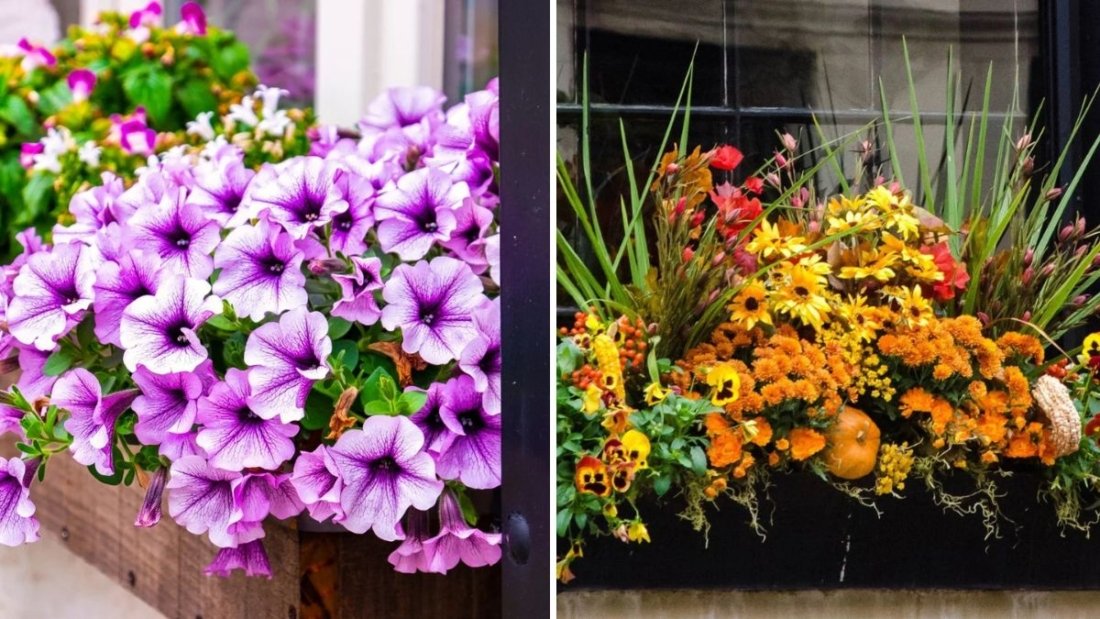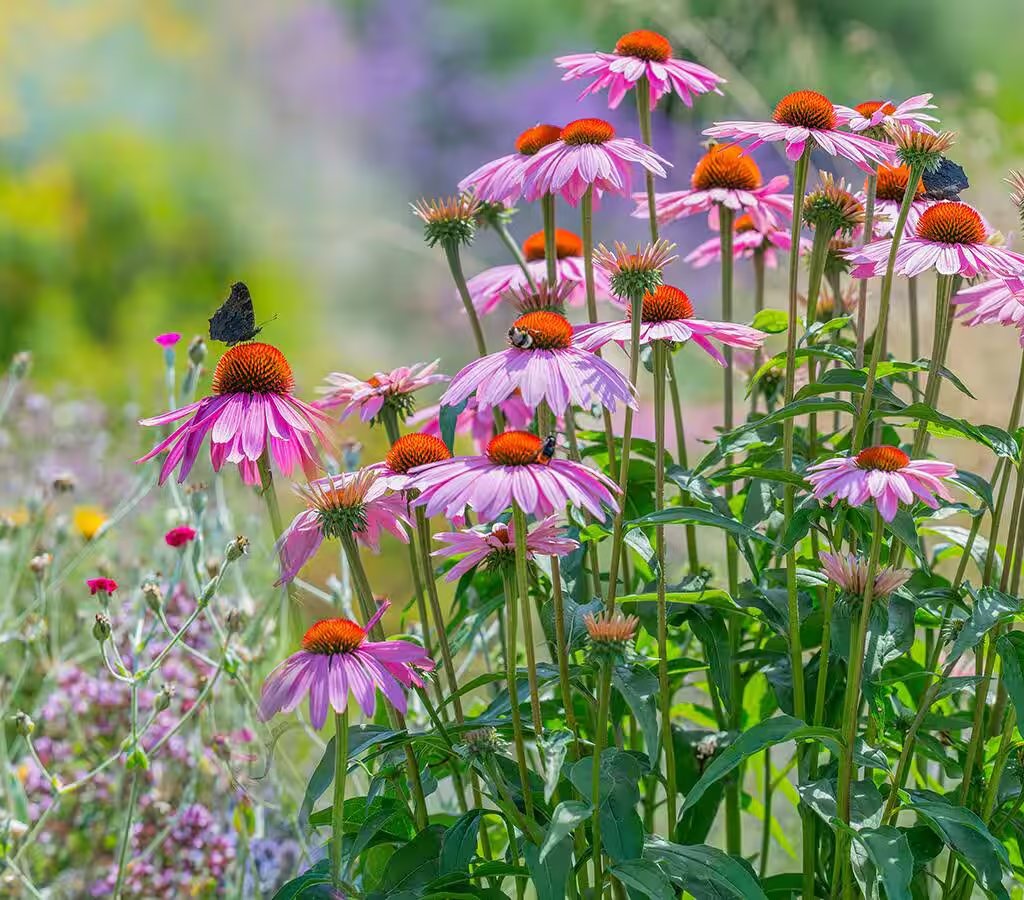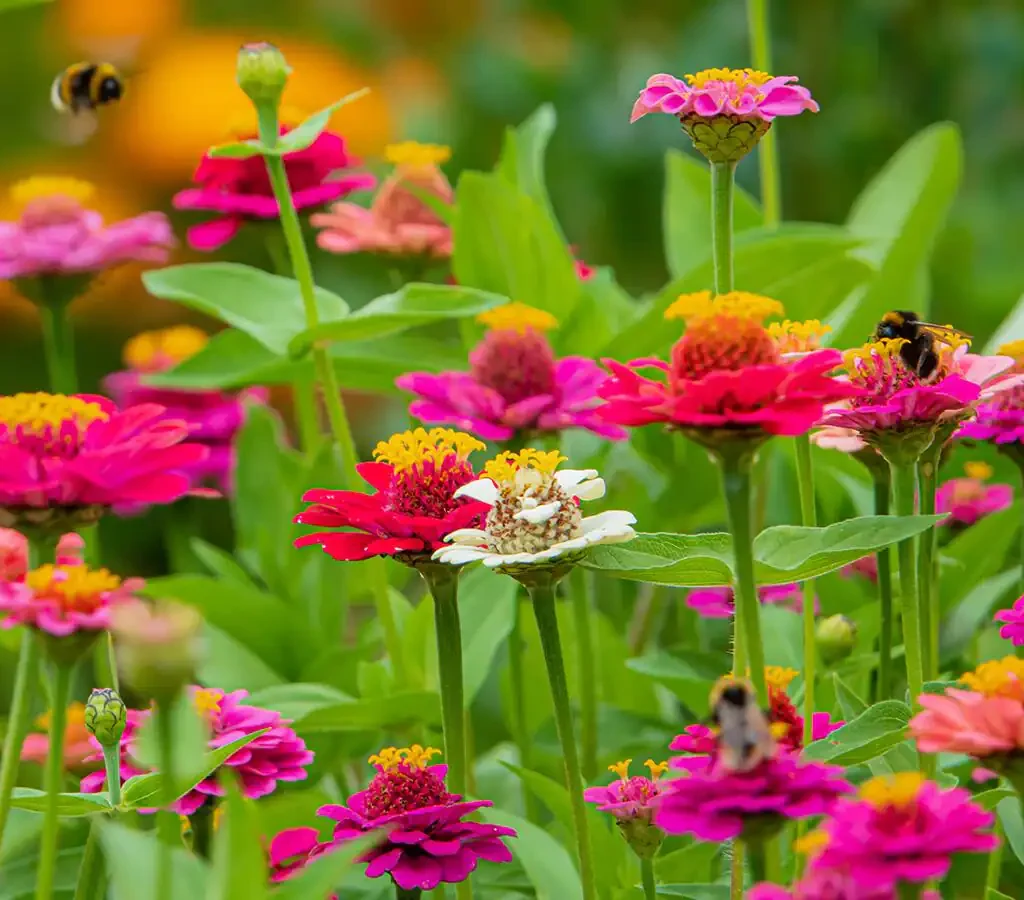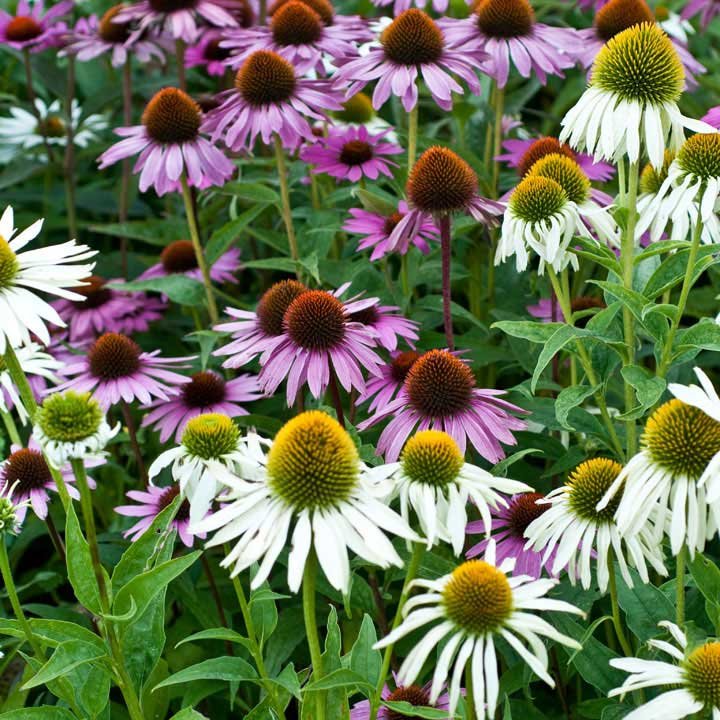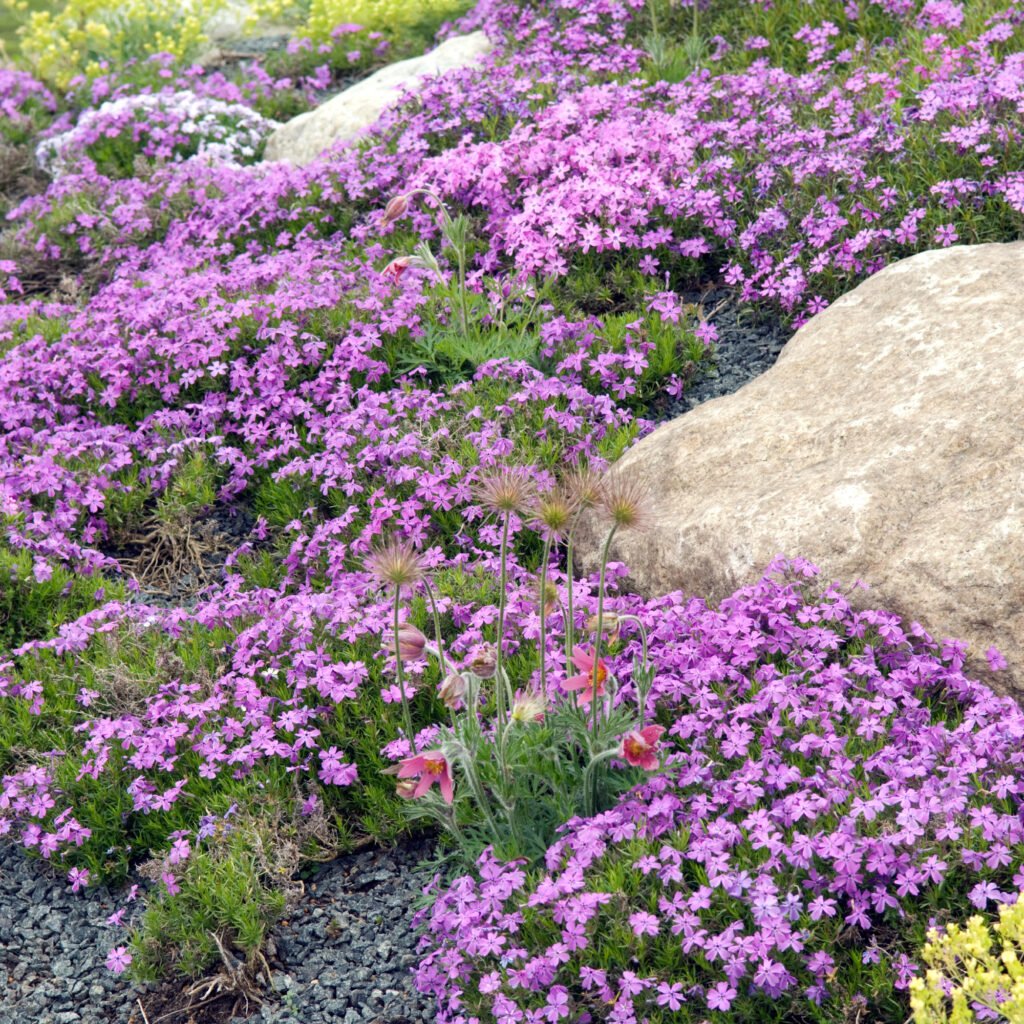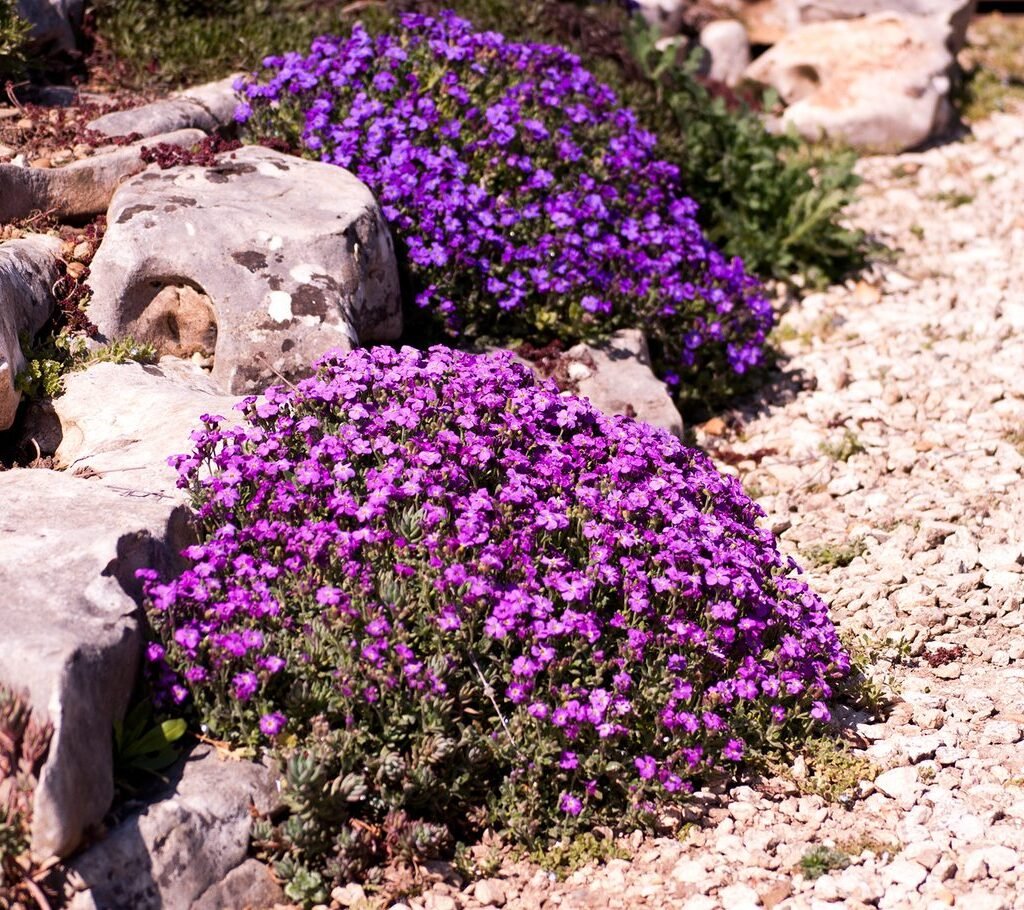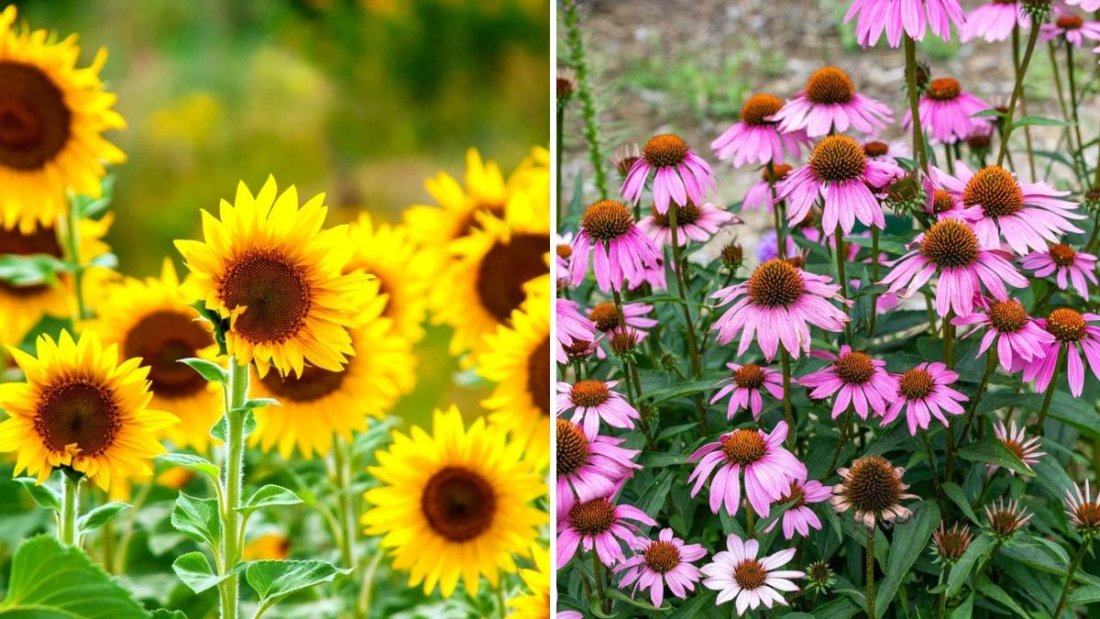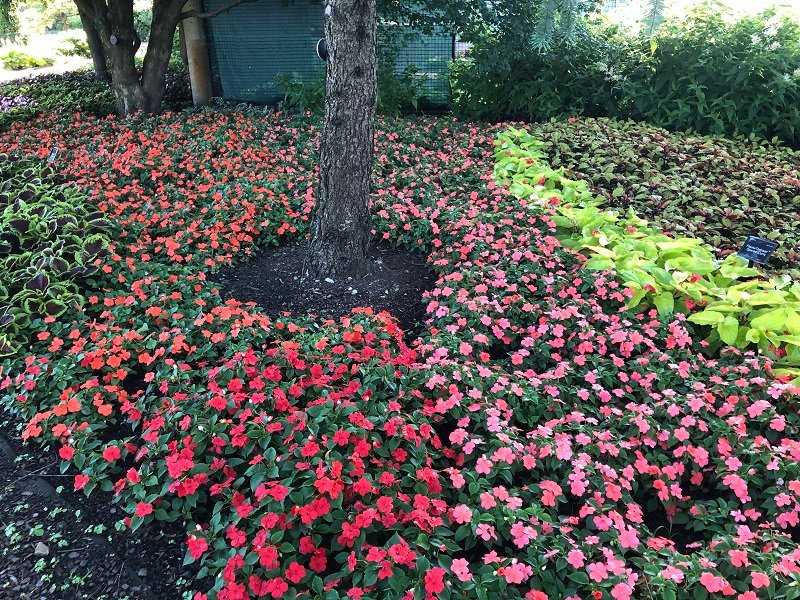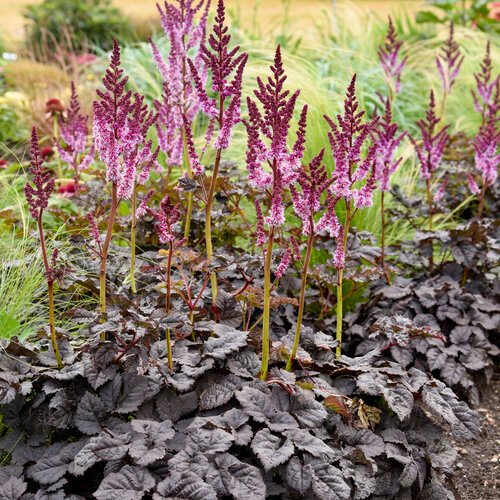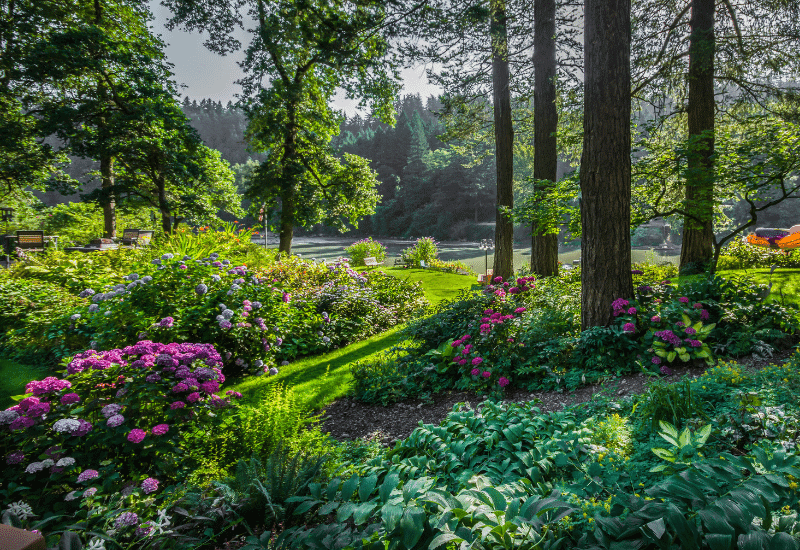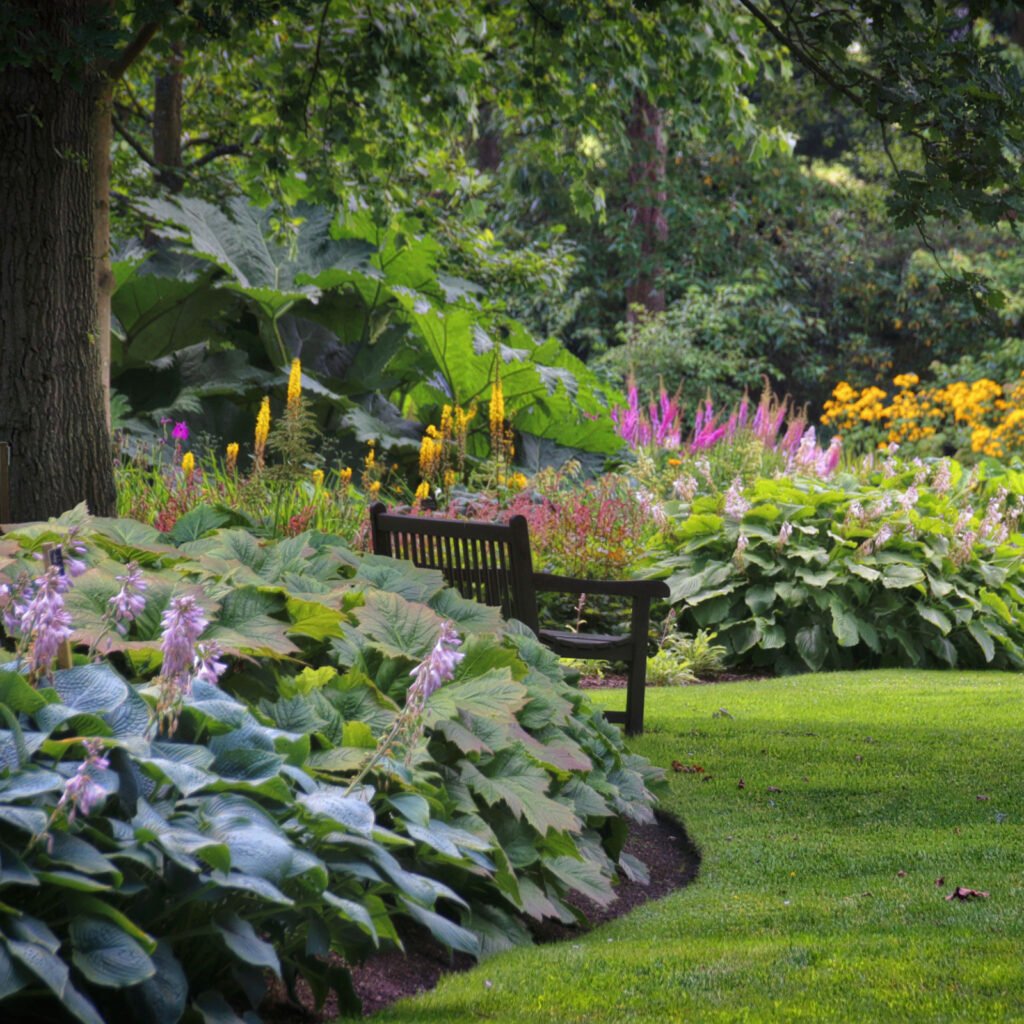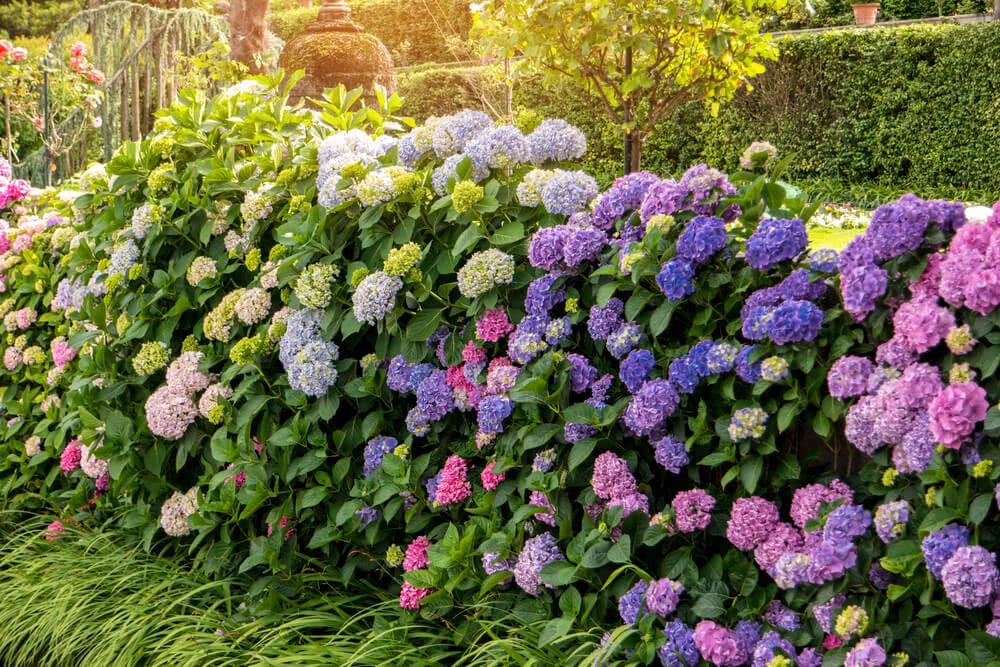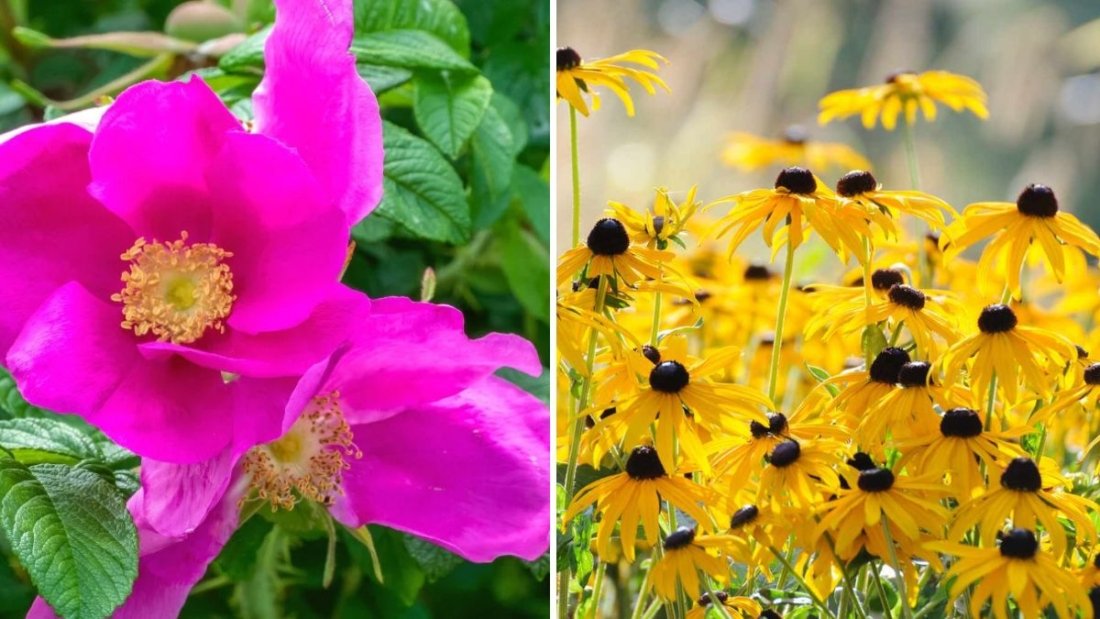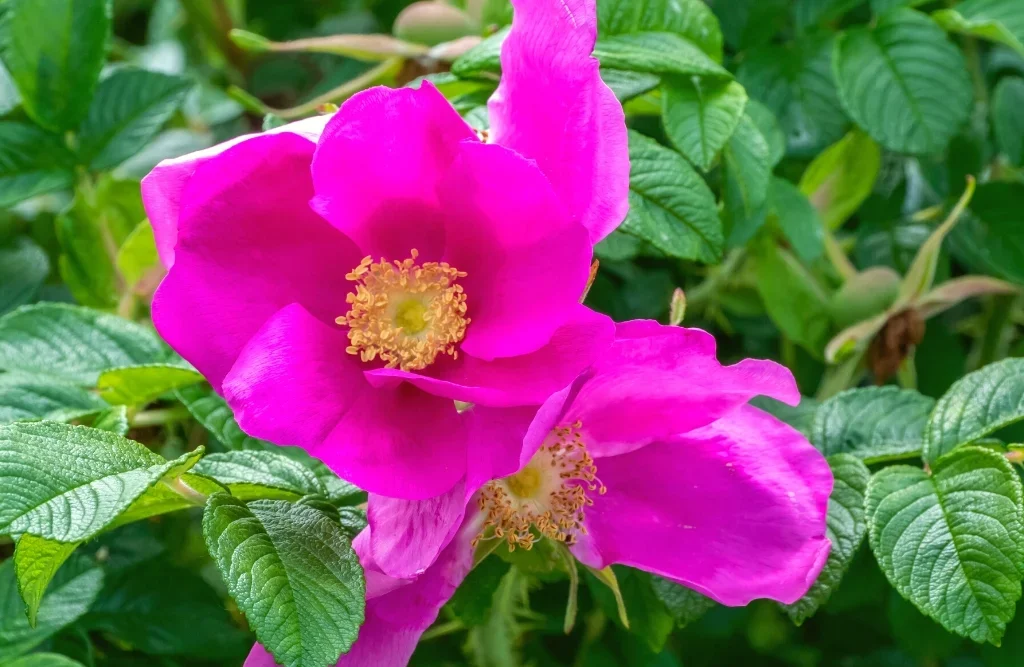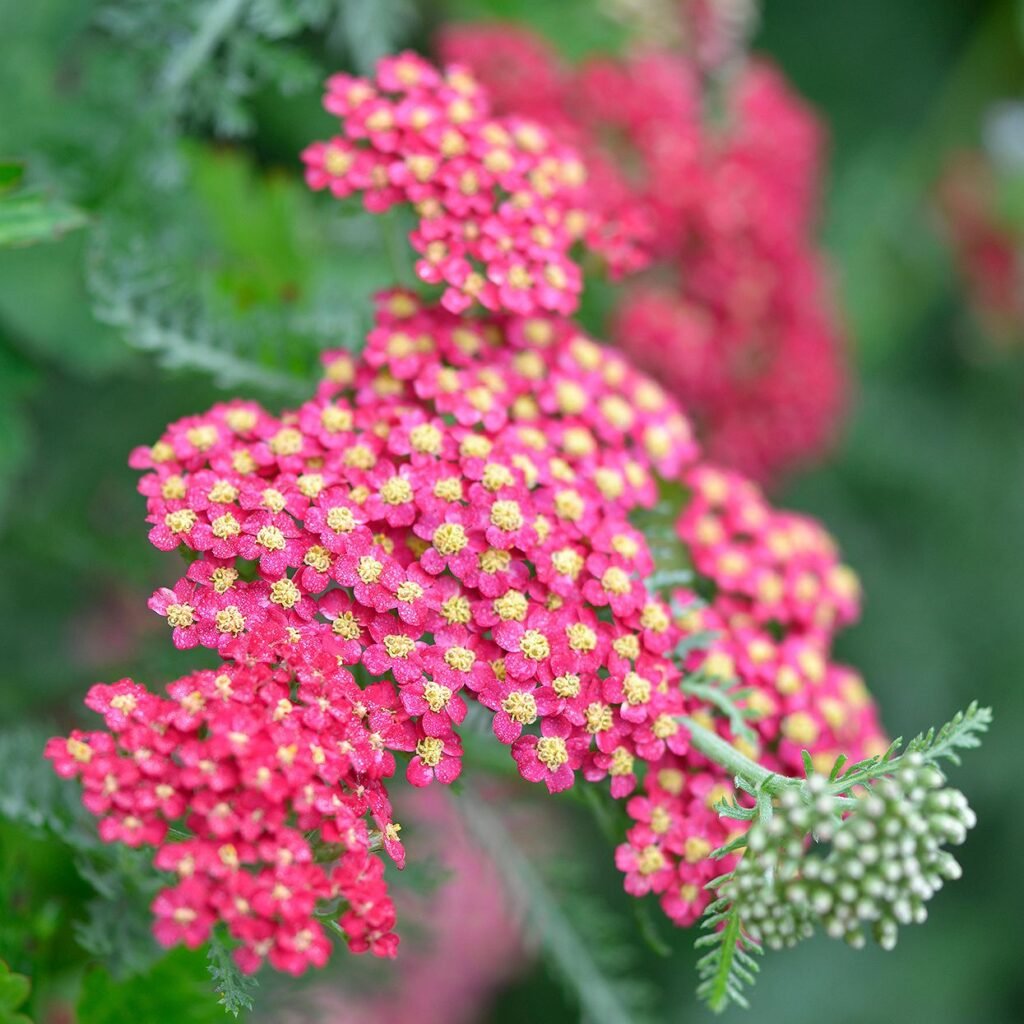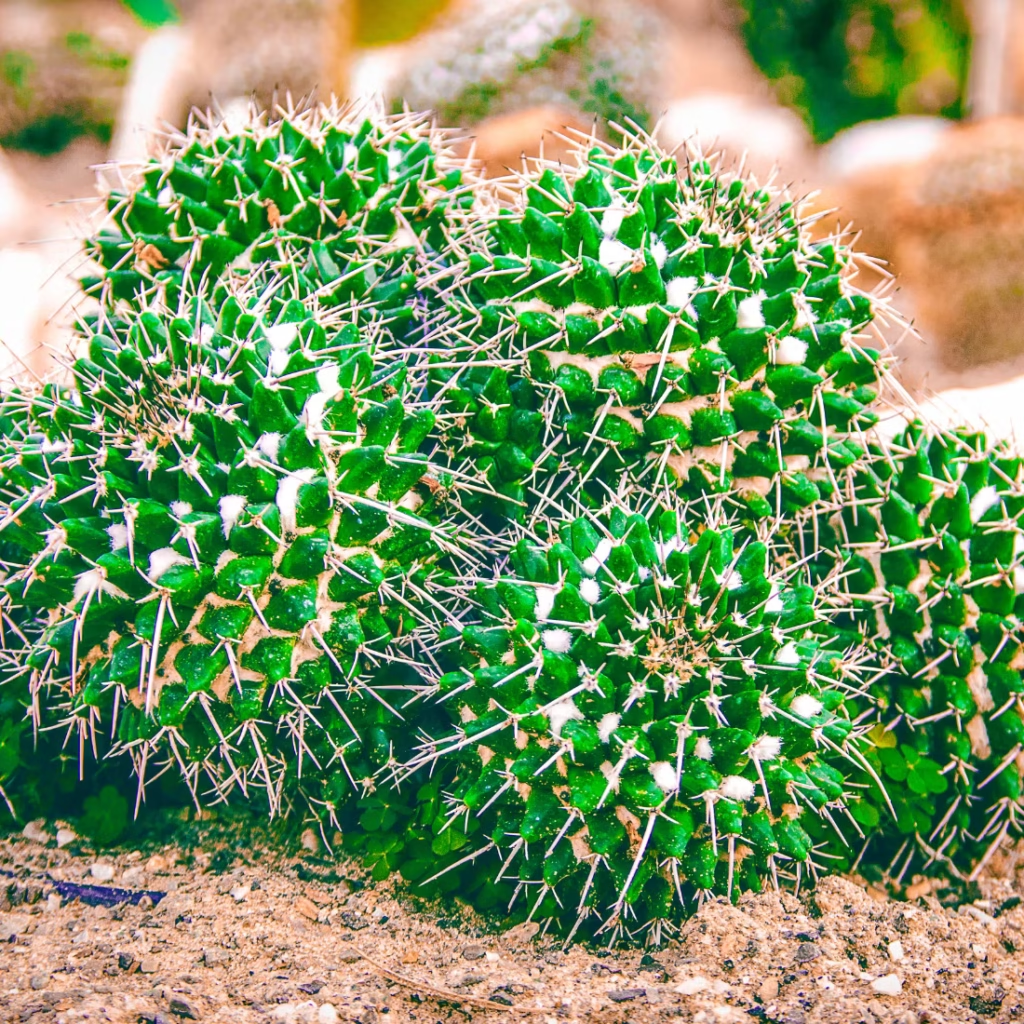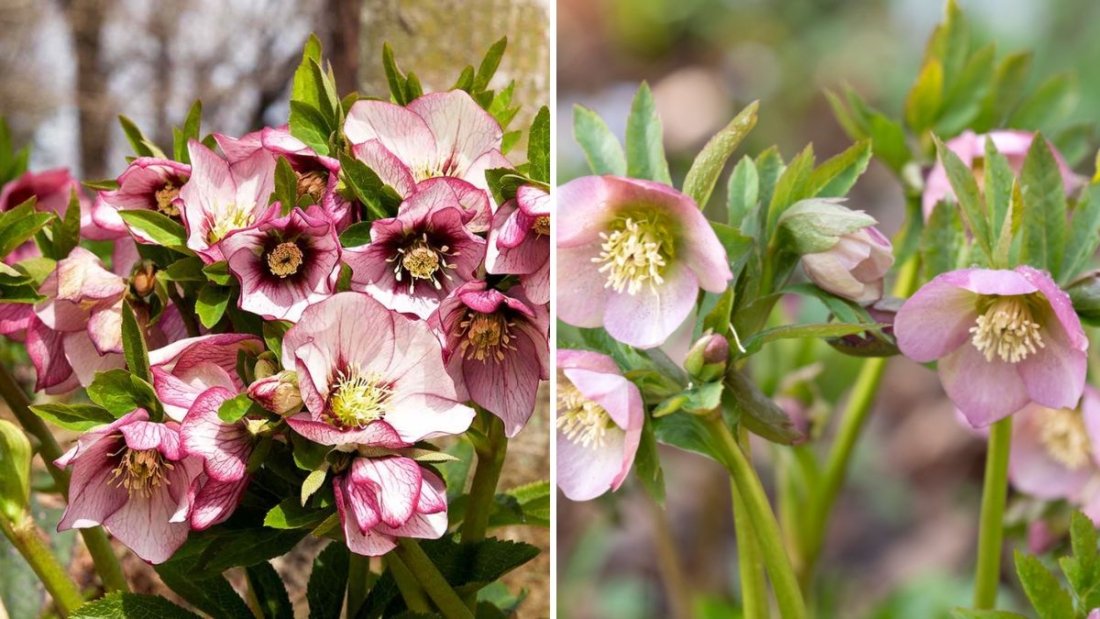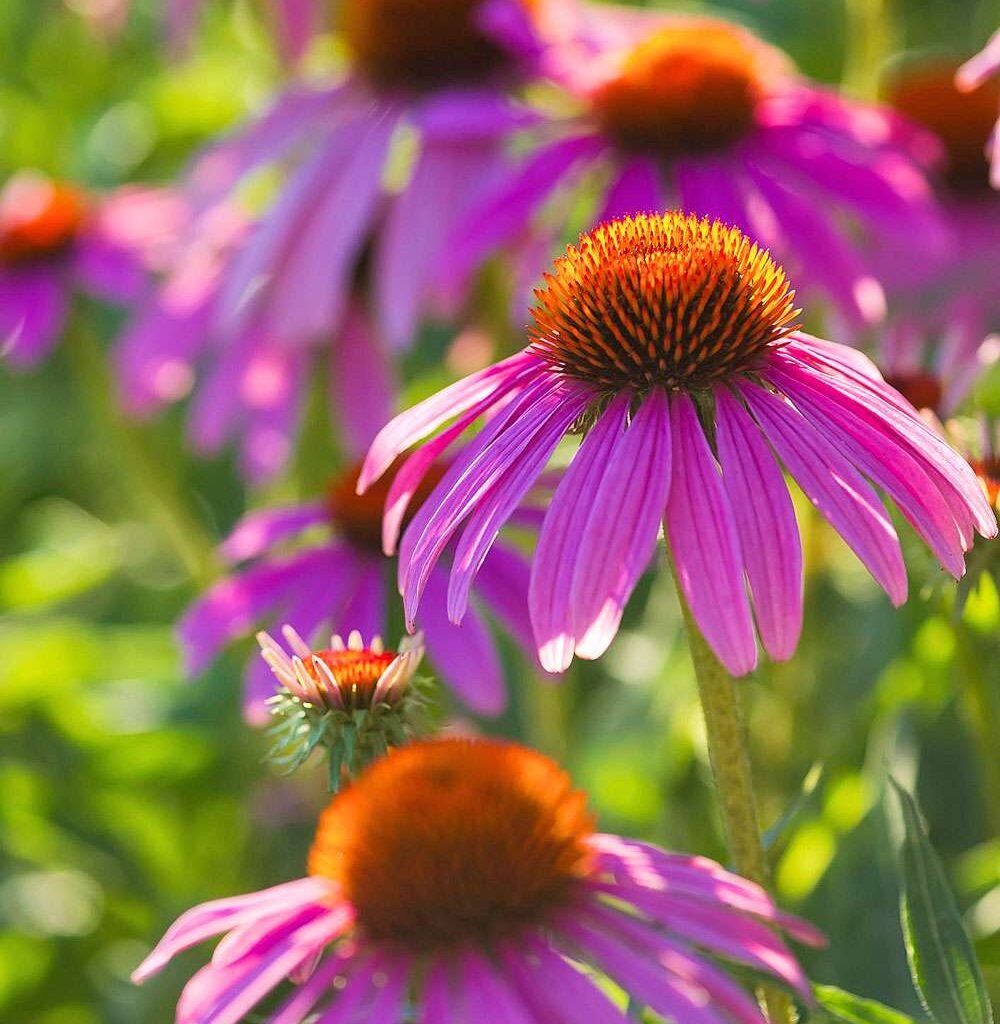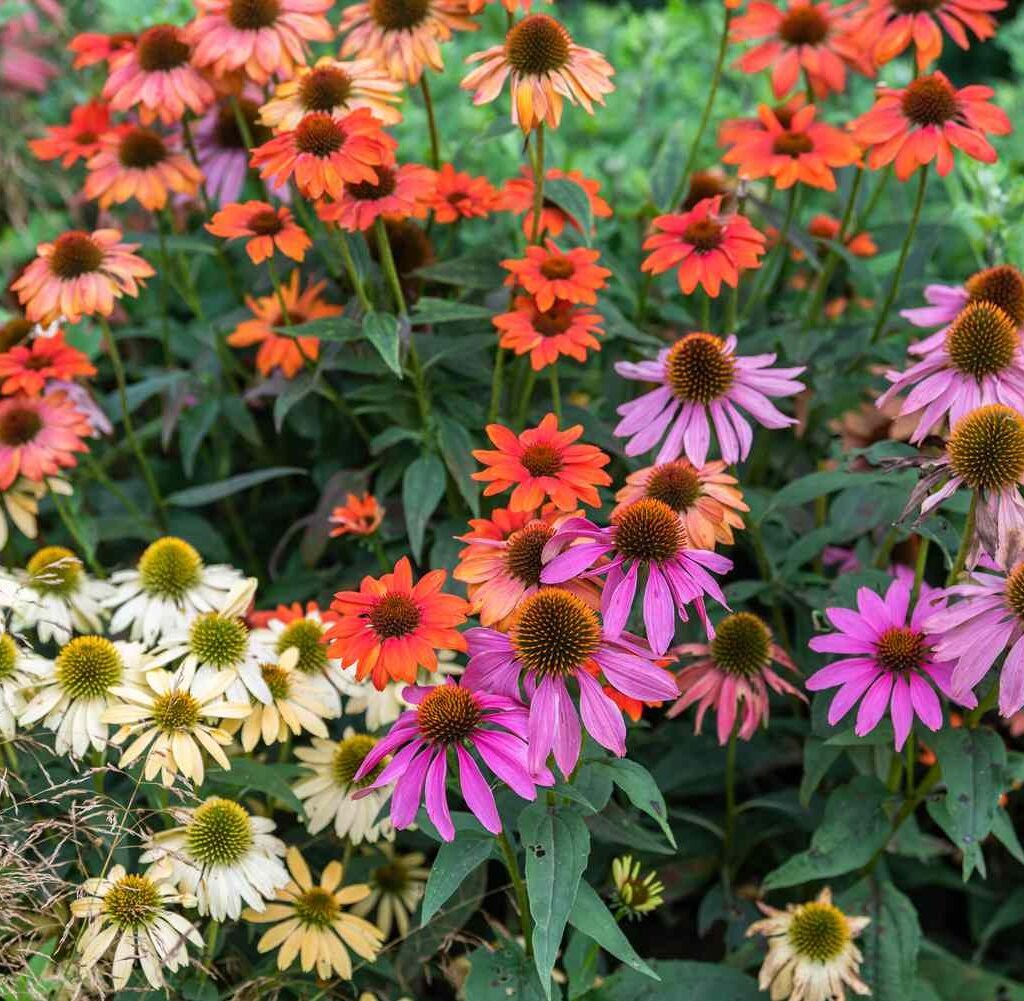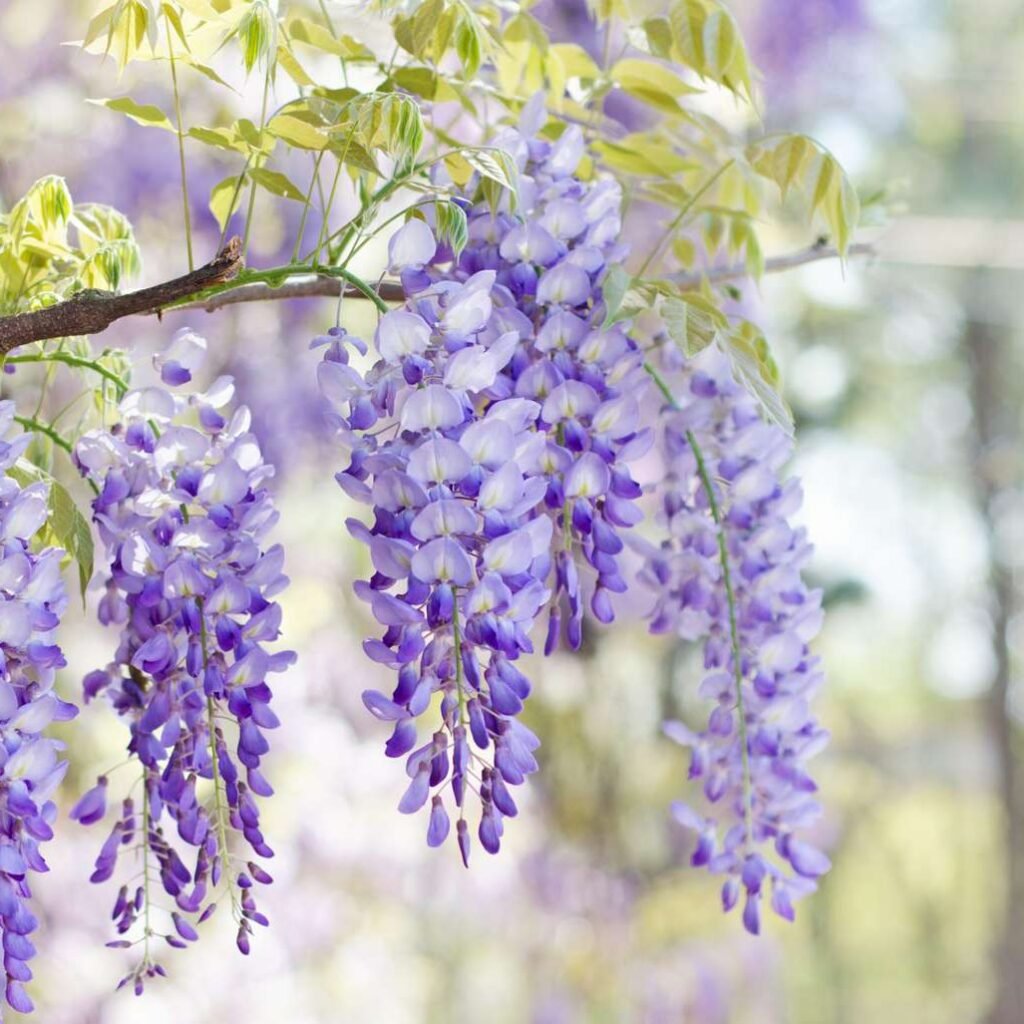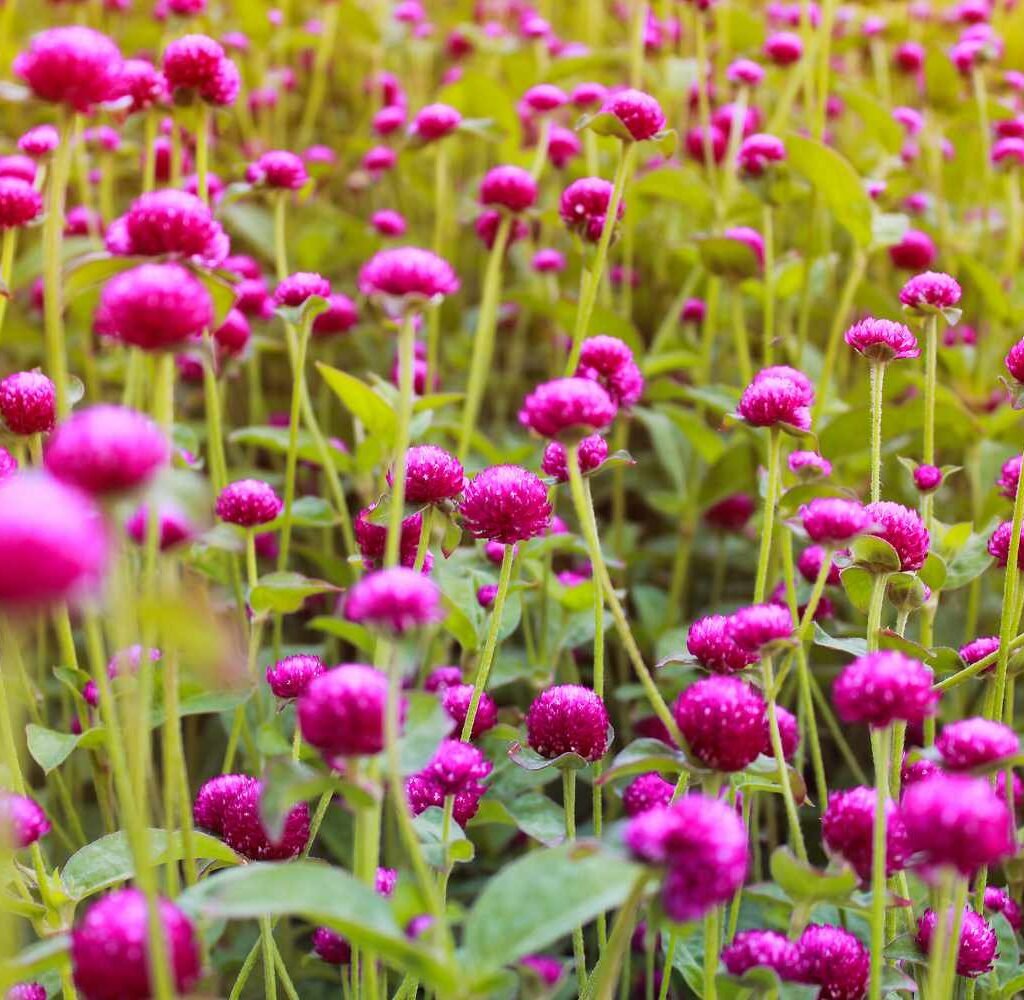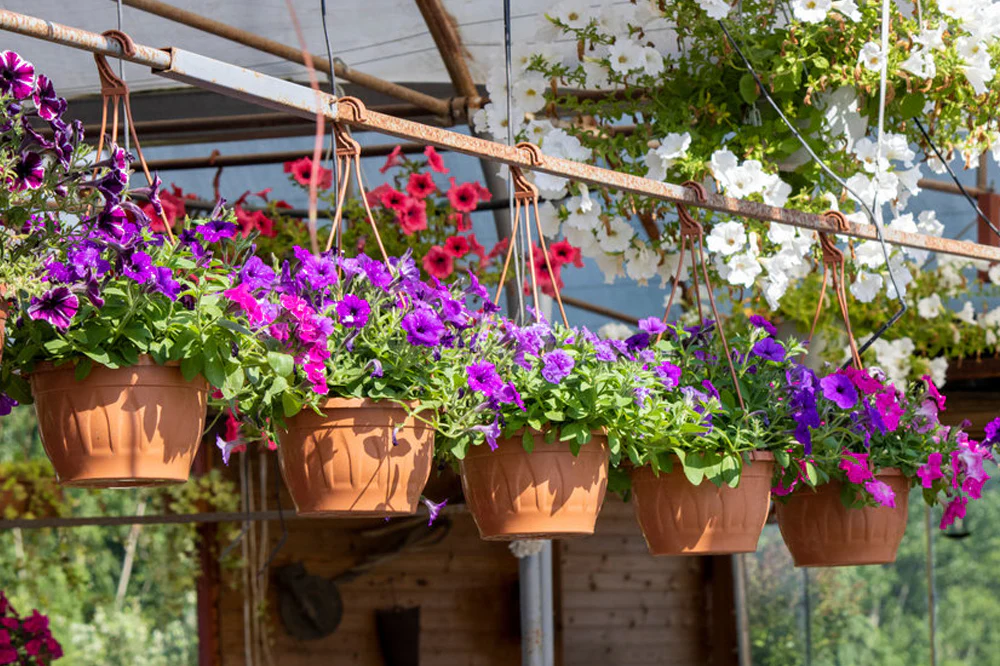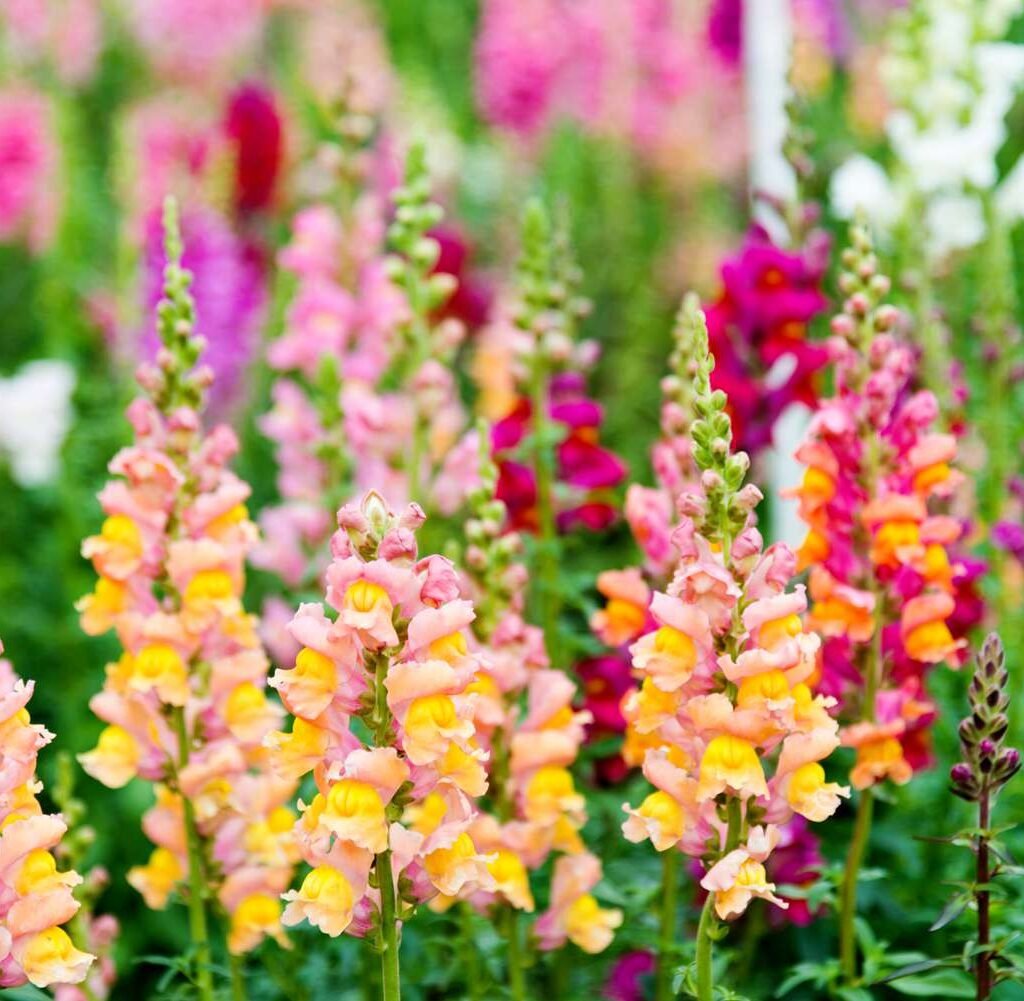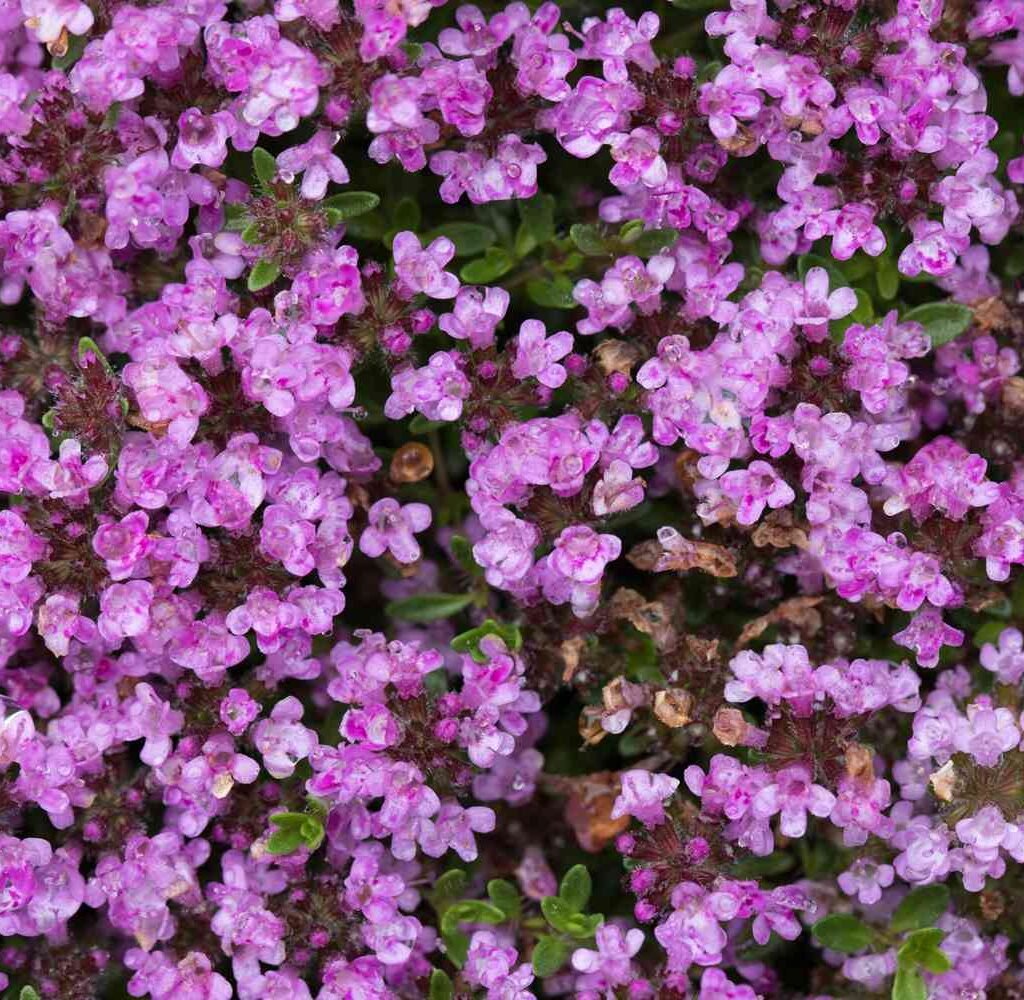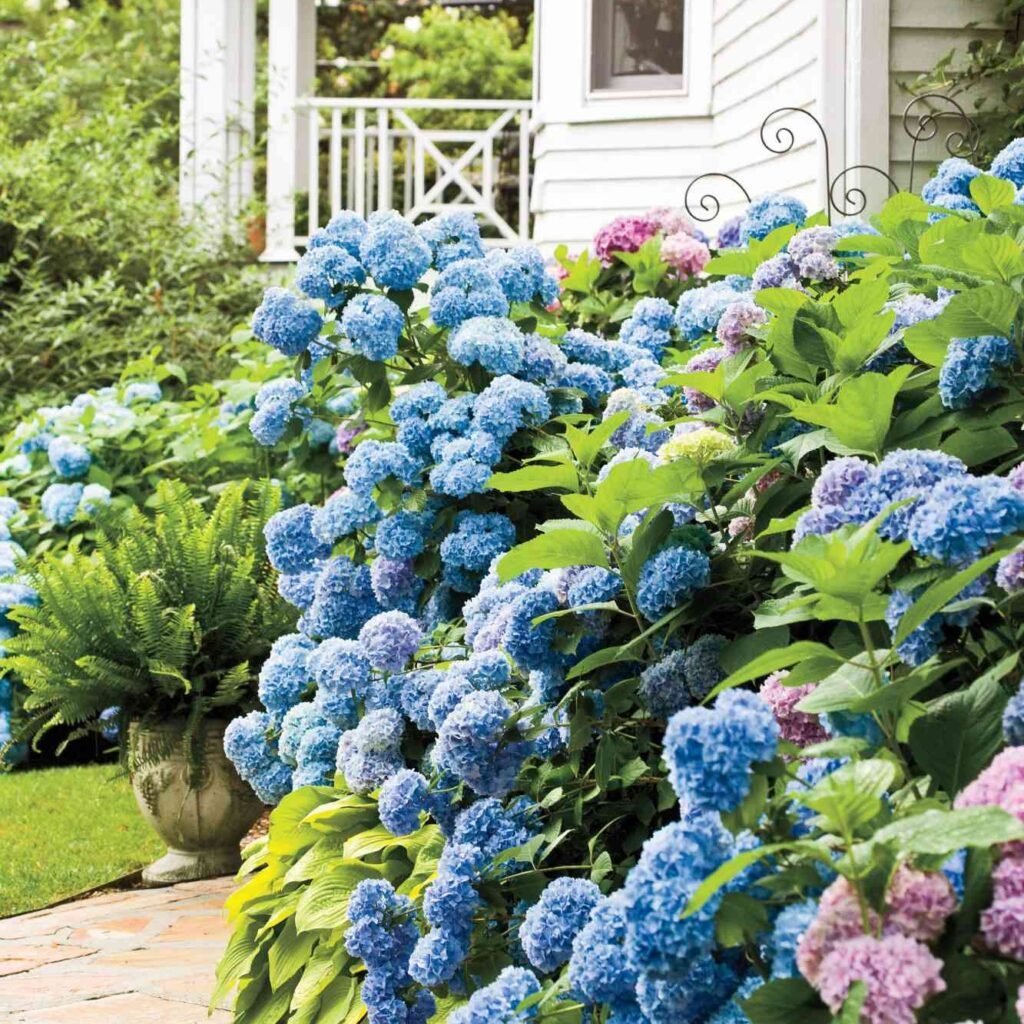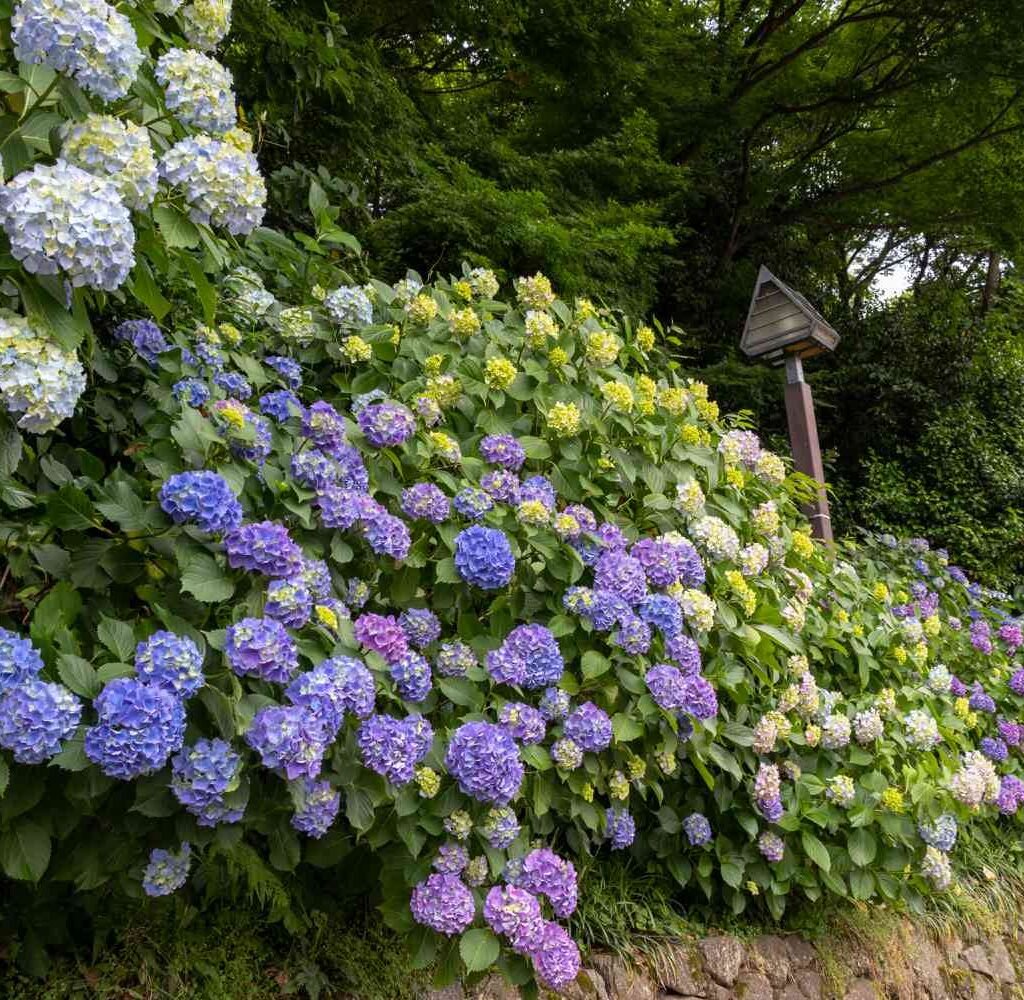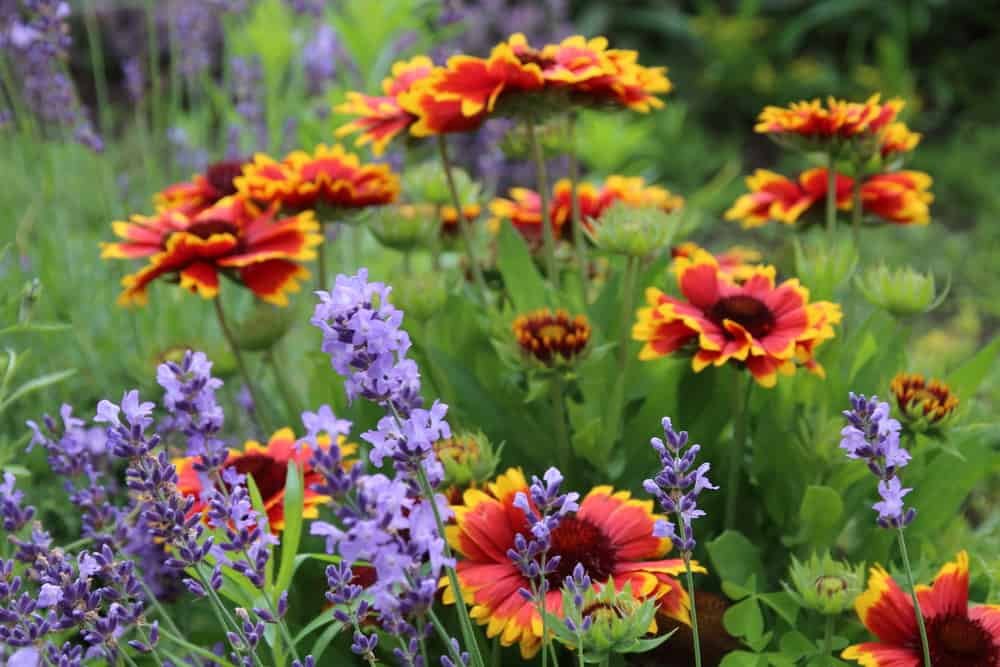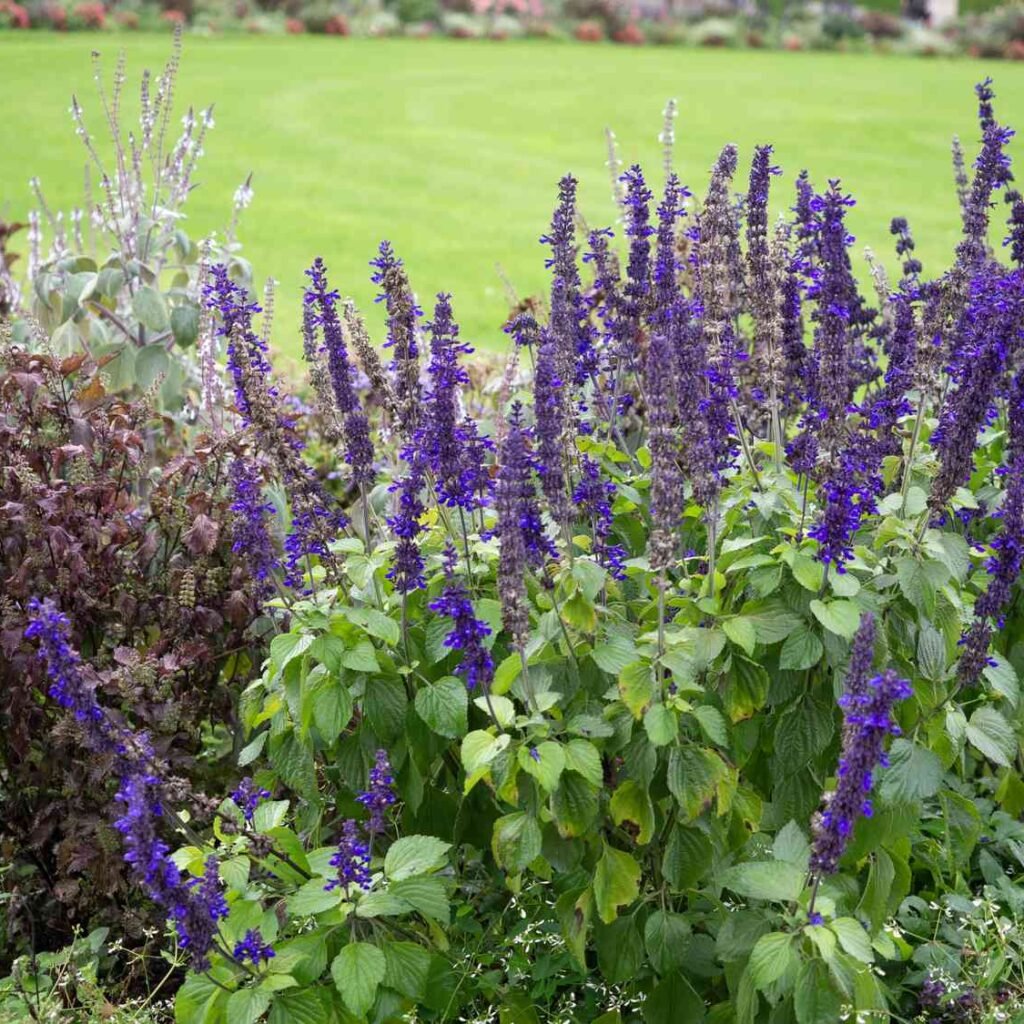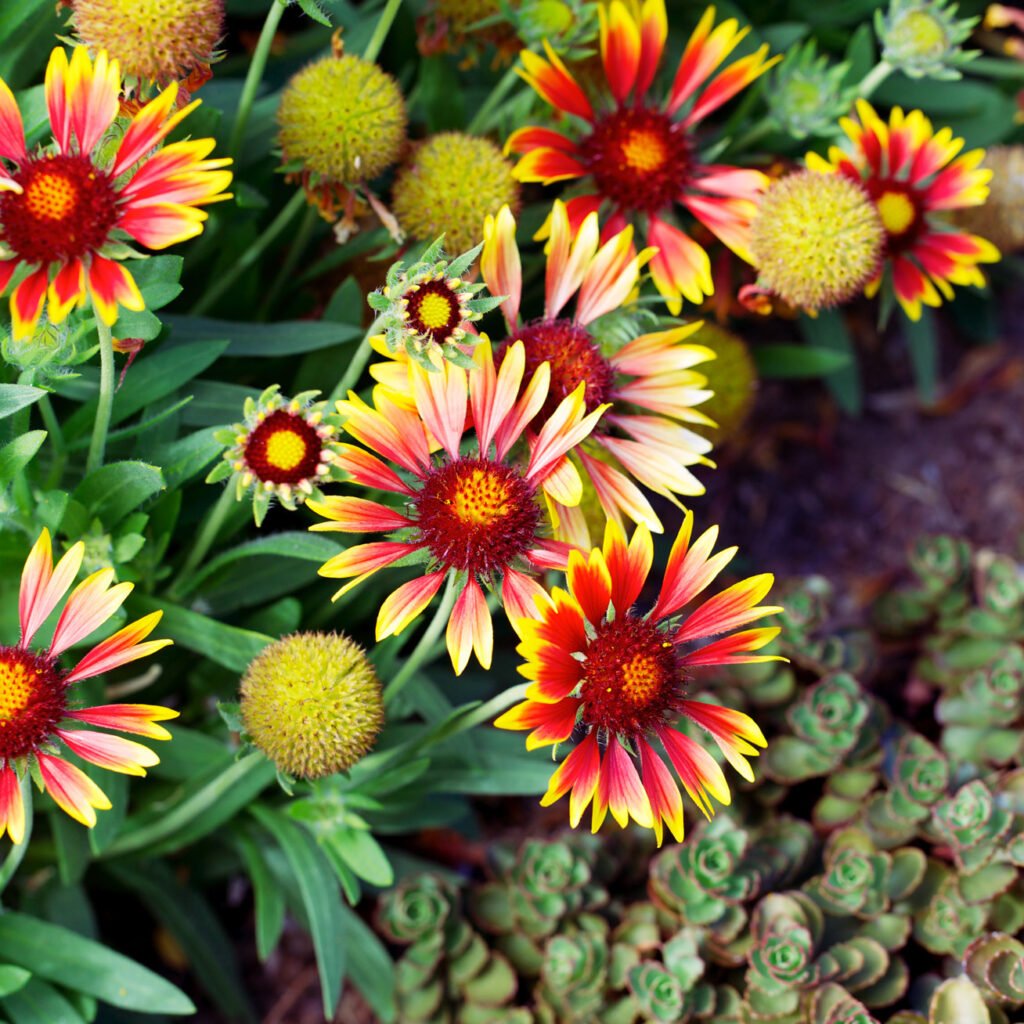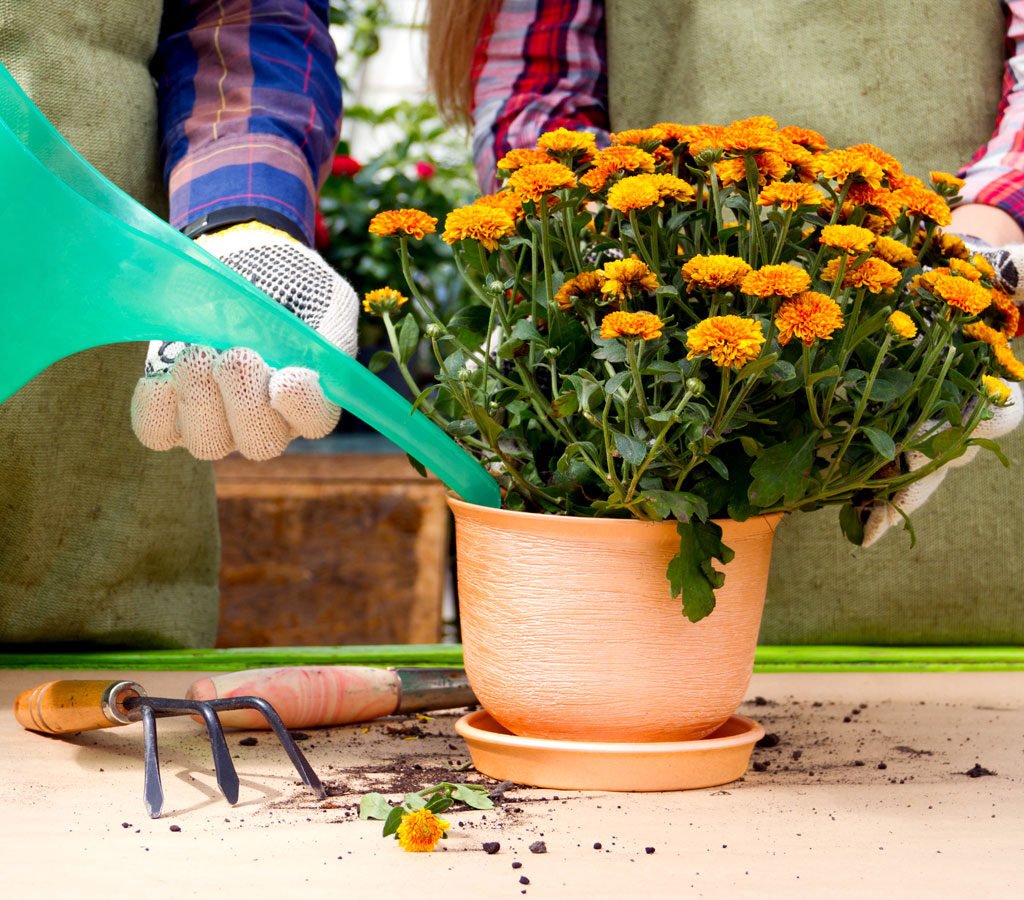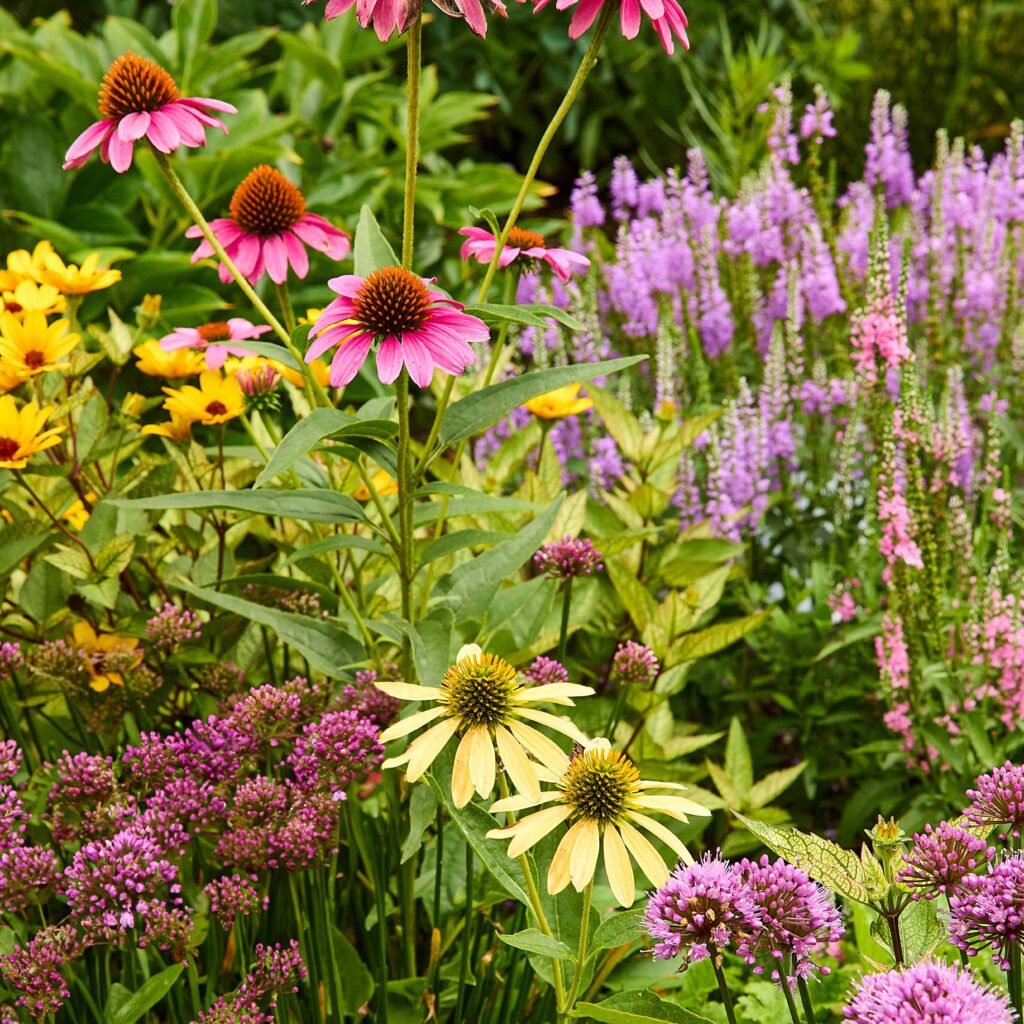As the air turns crisp and the vibrant greens of summer fade, window boxes provide a perfect opportunity to bring seasonal color and charm to your home. Fall flowers not only enhance curb appeal but also create a warm, inviting atmosphere during shorter days. With the right selection, window boxes can showcase blooms that survive cooler temperatures, complement autumn foliage, and provide visual interest well into late fall.
This guide highlights seven fall flowers that look beautiful in window boxes and offers detailed care tips for maintaining a stunning autumn display.
1. Chrysanthemums (Mums)
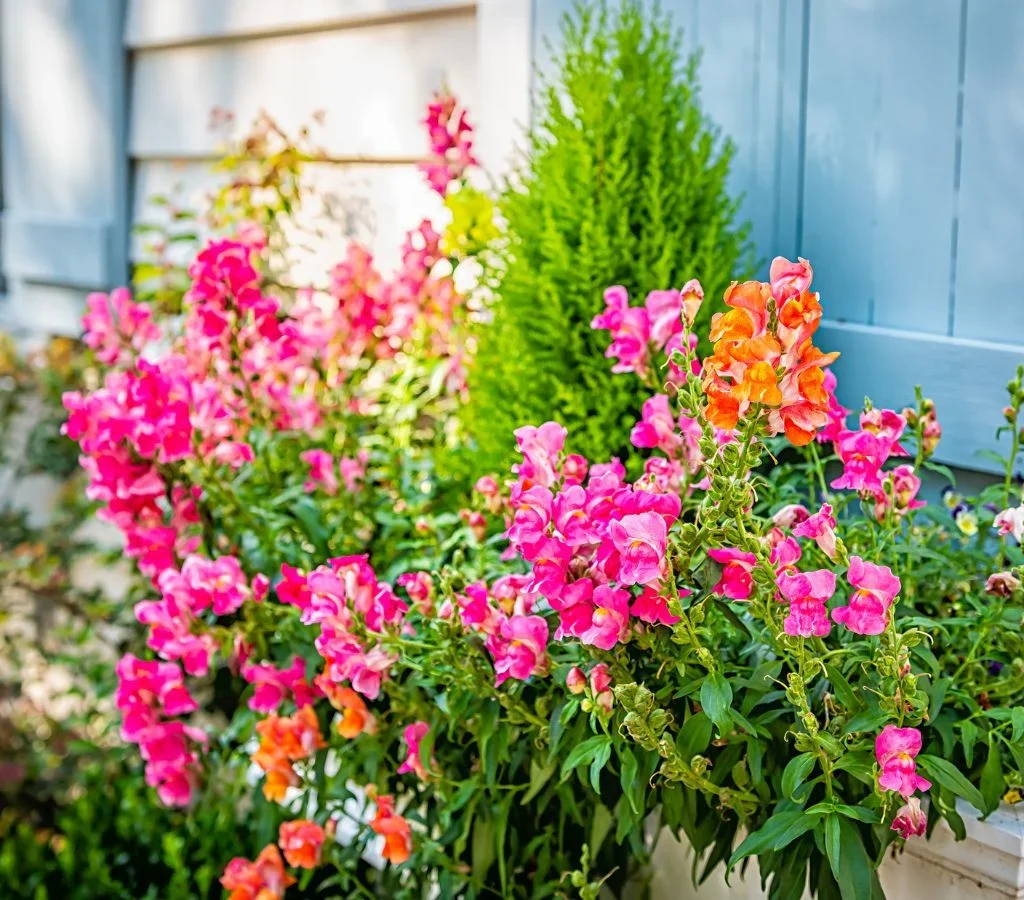
Why They’re Perfect for Fall
- Chrysanthemums are classic fall flowers, available in shades of red, orange, yellow, pink, and white.
- They are cold-tolerant and can bloom well into late autumn.
- Compact growth makes them ideal for window boxes where space is limited.
Care Tips
- Sunlight: Full sun to partial shade for optimal flowering.
- Watering: Moderate; keep soil consistently moist but not waterlogged.
- Soil: Well-draining, fertile soil enriched with compost.
- Maintenance: Pinch back stems early in the growing season to encourage bushier growth.
Bonus: Mums can be paired with ornamental kale or grasses for a textured fall display.
2. Pansies (Viola × wittrockiana)
Why They’re Perfect for Fall
- Pansies are vibrant, hardy flowers that tolerate cooler temperatures.
- Available in almost every color, including deep purples, blues, yellows, and multicolored varieties.
- Their cheerful blooms can withstand light frost, extending window box color into late fall.
Care Tips
- Sunlight: Full sun to partial shade.
- Watering: Keep soil evenly moist, especially during dry spells.
- Soil: Well-draining soil enriched with organic matter.
- Maintenance: Remove faded flowers to encourage more blooms.
Bonus: Pansies pair beautifully with ornamental pumpkins and gourds for a festive autumn display.
3. Ornamental Kale and Cabbage (Brassica oleracea)
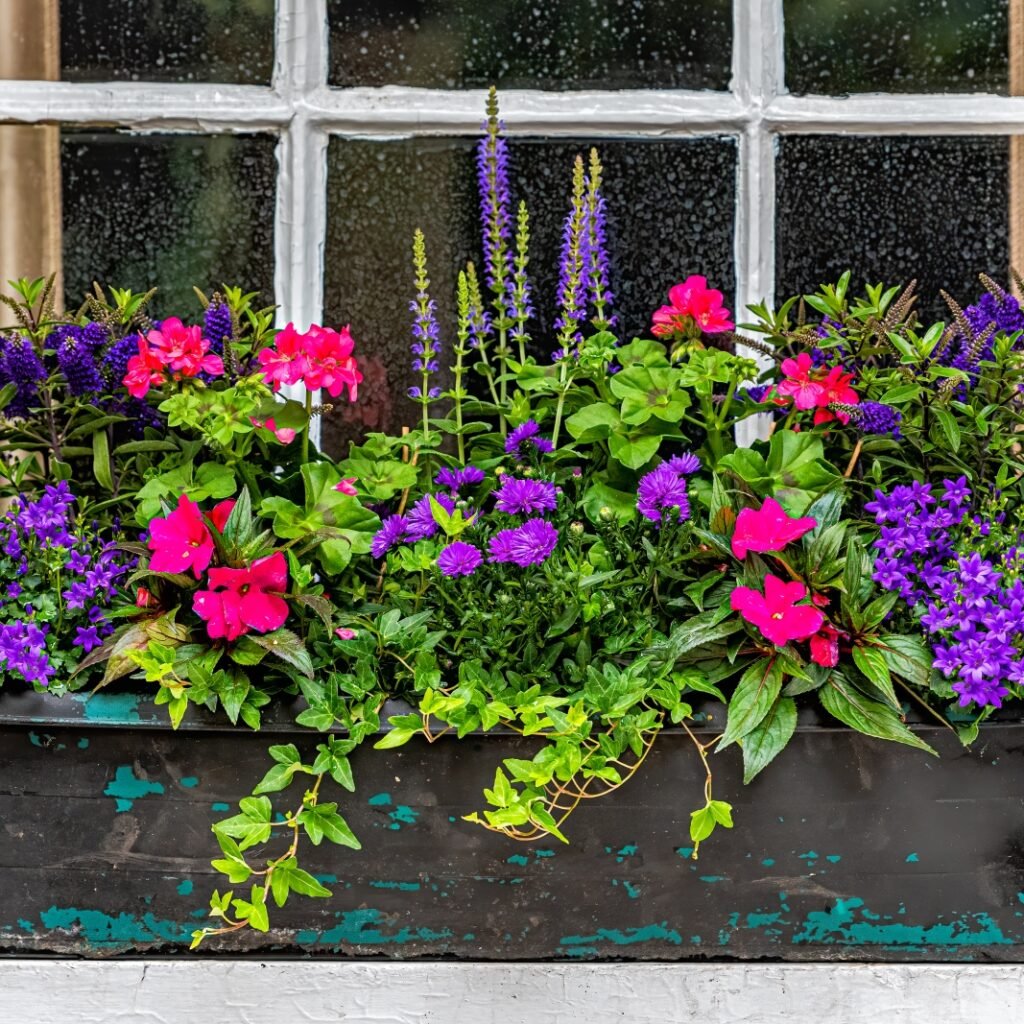
Why They’re Perfect for Fall
- Ornamental kale and cabbage offer colorful foliage in shades of purple, pink, and cream rather than traditional flowers.
- Extremely cold-hardy, they can survive frosts that end flowering in other plants.
- Their textured leaves provide contrast and complement flowering plants in window boxes.
Care Tips
- Sunlight: Full sun to partial shade.
- Watering: Moderate; avoid waterlogged soil.
- Soil: Well-draining soil with good fertility.
- Maintenance: Remove yellowed or damaged leaves to maintain appearance.
Bonus: Their rich foliage colors intensify after the first frost, making them an ideal choice for late fall.
4. Asters (Aster spp.)
Why They’re Perfect for Fall

- Asters bloom late in the season, providing continuous color when many summer flowers fade.
- Available in purple, pink, blue, and white, with daisy-like flowers that attract pollinators.
- Compact varieties are perfect for window boxes, adding height and vibrancy.
Care Tips
- Sunlight: Full sun for best flowering.
- Watering: Keep soil moderately moist.
- Soil: Well-draining, fertile soil.
- Maintenance: Pinch back in early summer to encourage branching and more flowers.
Bonus: Asters are pollinator-friendly, attracting bees and butterflies even in the fall season.
5. Ornamental Grasses (Pennisetum, Carex, or Festuca)
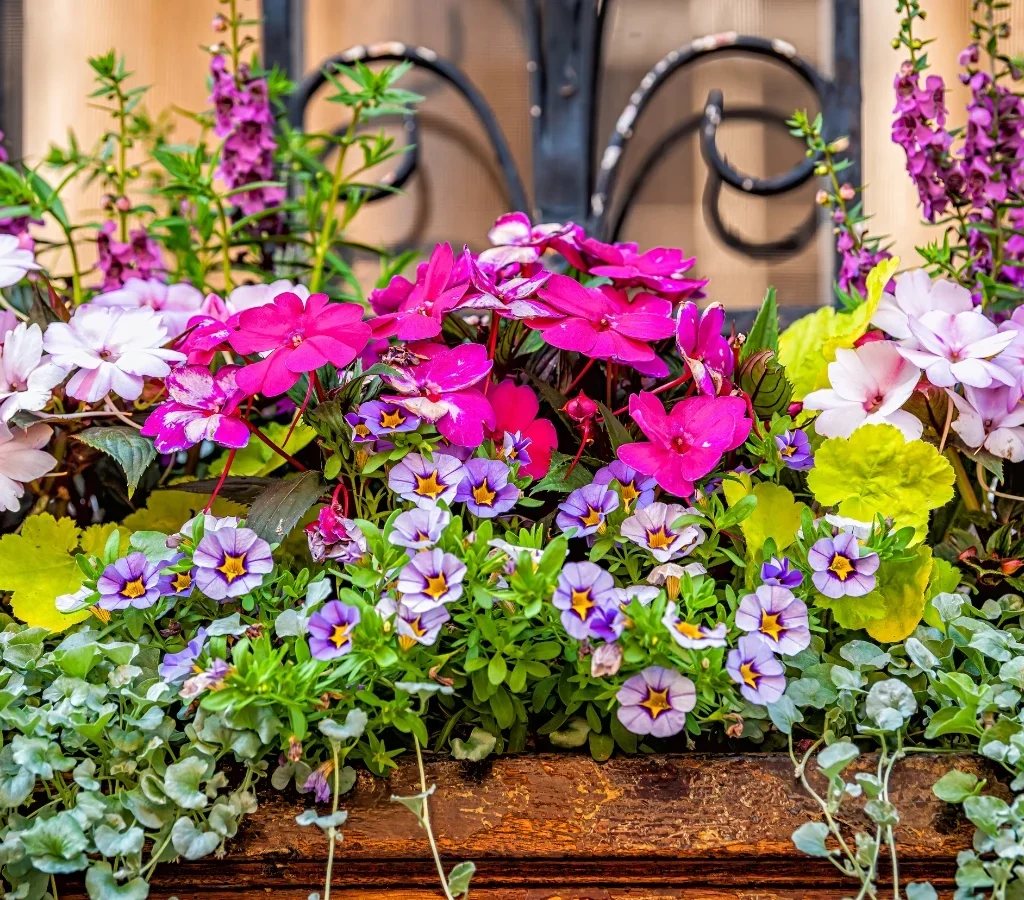
Why They’re Perfect for Fall
- Ornamental grasses add texture, movement, and contrast in window boxes.
- Their warm, earthy tones complement autumn blooms.
- Hardy varieties can survive cooler temperatures, providing structure even after other flowers fade.
Care Tips
- Sunlight: Full sun to partial shade.
- Watering: Moderate; allow soil to dry slightly between watering.
- Soil: Well-draining soil with moderate fertility.
- Maintenance: Trim dead foliage in late winter to prepare for new growth.
Bonus: Ornamental grasses pair beautifully with bright fall blooms like mums or pansies, creating dynamic visual interest.
6. Heuchera (Coral Bells)
Why They’re Perfect for Fall
- Heuchera offers vibrant foliage in shades of burgundy, bronze, green, and silver, which complements late-season flowers.
- Small, bell-shaped flowers bloom on tall spikes, attracting pollinators.
- Cold-tolerant perennials, perfect for adding texture and color to window boxes.
Care Tips
- Sunlight: Partial shade to full sun, depending on variety.
- Watering: Moderate; ensure good drainage.
- Soil: Rich, well-draining soil.
- Maintenance: Remove dead or damaged leaves to keep plants looking fresh.
Bonus: Heuchera’s colorful foliage persists even after flowers fade, ensuring year-round appeal.
7. Cyclamen (Cyclamen persicum)
Why They’re Perfect for Fall
- Cyclamen are cool-season flowering plants with upswept petals in shades of pink, red, purple, and white.
- Tolerant of cooler temperatures, making them ideal for late fall displays.
- Compact growth habit suits small window boxes and containers.
Care Tips
- Sunlight: Bright indirect light.
- Watering: Water from the bottom to avoid rotting tubers; keep soil moderately moist.
- Soil: Well-draining, fertile soil with added organic matter.
- Maintenance: Remove yellowed leaves and spent flowers to encourage more blooms.
Bonus: Cyclamen’s elegant blooms and foliage patterns provide a touch of sophistication to fall window boxes.
Tips for Creating Stunning Fall Window Boxes
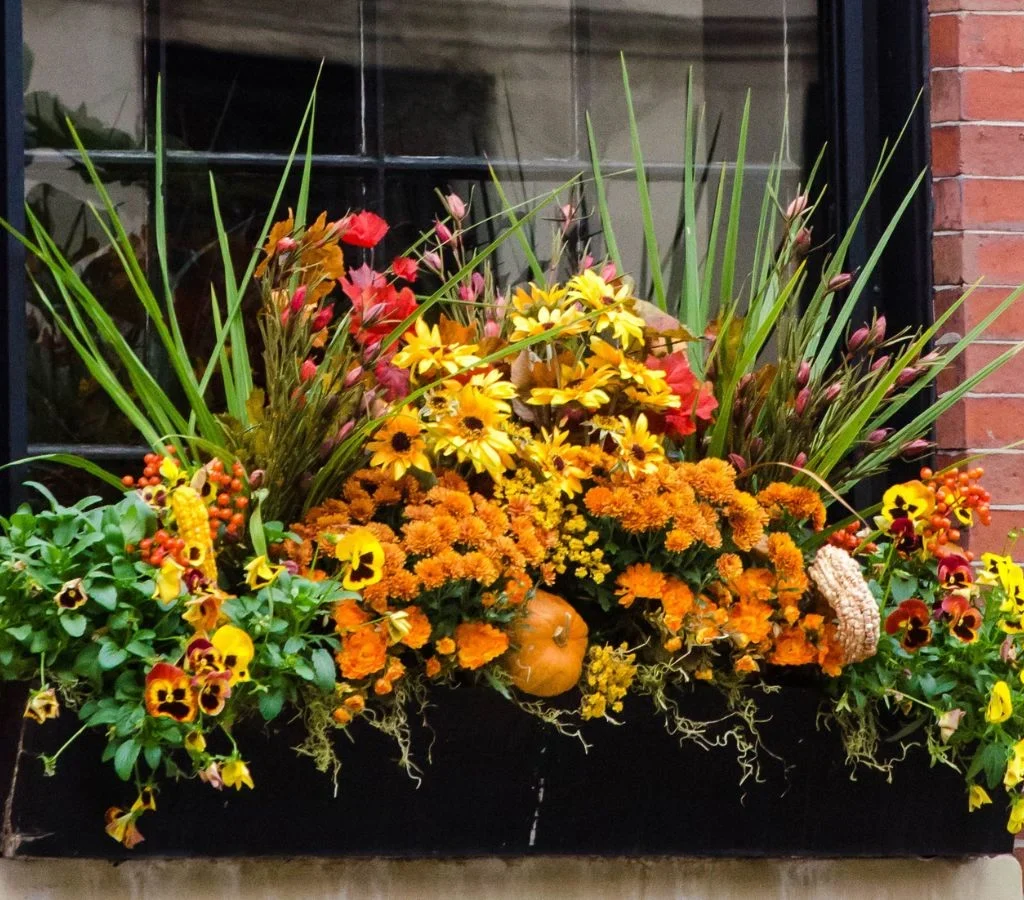
- Mix Textures and Heights: Combine flowering plants, leafy plants, and grasses for depth and interest.
- Complement Seasonal Colors: Choose flowers in reds, oranges, yellows, purples, and burgundies to reflect fall tones.
- Provide Adequate Drainage: Use pots or boxes with drainage holes to prevent waterlogging.
- Use Fertile Soil: Incorporate compost or slow-release fertilizer to keep blooms healthy.
- Water Consistently: Cooler temperatures reduce evaporation, but soil should remain moderately moist.
- Incorporate Decorative Elements: Small pumpkins, gourds, pinecones, or autumn leaves enhance seasonal charm.
By following these tips, window boxes can remain vibrant and attractive throughout the fall season, providing a welcoming touch for homes, balconies, and patios.
Conclusion: Make Your Window Boxes a Fall Focal Point
Fall is the perfect time to showcase your gardening creativity, and window boxes offer a unique canvas for seasonal color. By planting Chrysanthemums, Pansies, Ornamental Kale, Asters, Ornamental Grasses, Heuchera, and Cyclamen, you can create eye-catching displays that thrive in cooler temperatures.
Combining vibrant blooms, textured foliage, and decorative elements ensures your window boxes not only look beautiful but also reflect the rich, warm tones of autumn. With careful attention to sunlight, watering, and soil preparation, these fall flowers can provide continuous charm from early September through November, making your home exterior welcoming, colorful, and seasonally festive.
By incorporating these seven flowers, gardeners can transform their window boxes into stunning focal points, celebrating the beauty of fall while enjoying the satisfaction of low-maintenance, long-lasting seasonal blooms.
